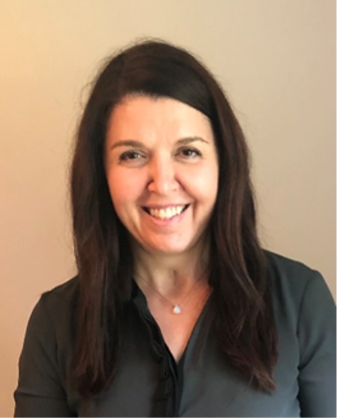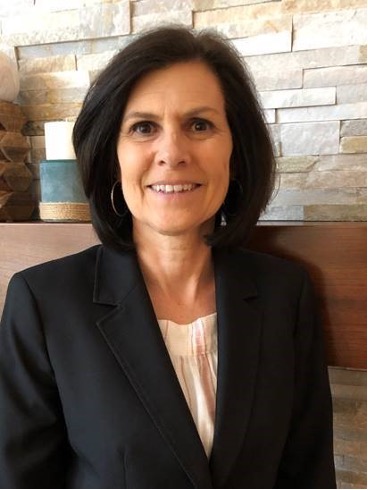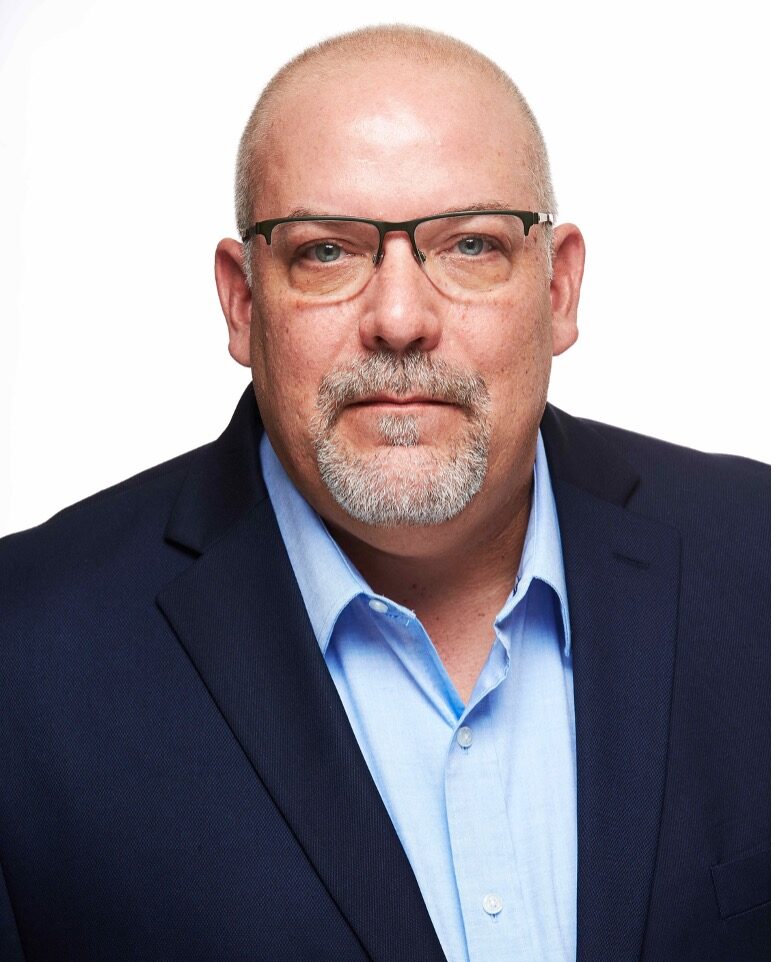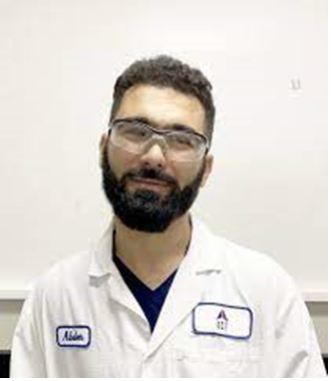

PFAS in Food Samples
Susan Genualdi (speaker), Jessica Beekman, Katherine Carlos, Christine M. Fisher, Wendy Young, Lowri DeJager, and Timothy Begley, Center for Food Safety and Applied Nutrition, U.S. Food and Drug Administration
To better understand human exposure to PFAS in food, analytical methods are needed to gather occurrence data from highly consumed foods in the United States (US) diet. Currently, the Food and Drug Administration’s (FDA) Total Diet Study (TDS) program collects foods that are distributed regionally and nationally. In 2018, 172 processed foods were collected from grocery stores around Lenexa, Kansas, as part of the TDS national collection. Processed foods in the national collection are less likely to vary in nutrient or contaminant concentrations based on their sampling location and season compared to foods in the TDS regional collection. A previously developed method for the analysis of PFAS in foods from the TDS regional collection was modified and validated for processed foods. This method was single-laboratory validated for five foods that represent some of the more challenging matrices. Additionally, during this process, challenges arose with identifying and confirming the presence of two short chain PFAS—perfluorobutanoic acid (PFBA) and perfluoropentanoic acid (PFPeA)—and distinguishing between method blank and sample concentrations. High-resolution mass spectrometry was used to further investigate interferences and to confirm the detections of these two short-chain PFAS in difficult matrices.
PFAS in Food Samples
Stefan van Leeuwen, Senior Scientist, Chemical Pollutants, Wageningen Food Safety Research, The Netherlands
PFAS are ubiquitous contaminants that may occur in foods as a result of environmental contamination, food processing, or transfer from water- and fat-repellent food packaging. To ensure food safety, and to explore the exposure of consumers to known and unknown PFAS, analytical chemists are faced with several challenges. These include the need for very sensitive methods at the low-ppt to sub-ppt level for a variety of food matrices, the large number of PFAS that are around, and the separation and identification of yet unidentified PFAS that potentially contaminate foods, leading to undesirable dietary exposures. In this contribution, these challenges are discussed in more detail. In addition, suggestions to address these challenges are provided, to facilitate laboratories with the analysis of PFAS in foods.
PFAS in Environmental and Human Samples
Sara L. Nason, Assistant Scientist II, Departments of Environmental Sciences and Analytical Chemistry, Connecticut Agricultural Experiment Station
Per- and polyfluoroalkyl substances (PFAS) are an emerging class of environmental contaminants that have toxic effects at extremely low concentrations. They have been used in consumer products and industrial applications since the 1940s, and are frequently detected in drinking water, soil, and human serum and blood. Complicating their analysis, thousands of PFAS exist, though most methods target fewer than 50 compounds. This talk will discuss methods for detecting as many PFAS as possible using liquid chromatography coupled with high-resolution mass spectrometry (LC–HRMS) and how these techniques have been applied to soil samples and dried blood spots.
Jenifer Lewis, Senior Market Development Manager Environmental Markets, Waters Corporation, Milford, MA
Per- and Polyfluoroalkyl Substances (PFAS) have become the hottest topic in the environmental world, even making their way into the public interest through intense media coverage of these “forever chemicals.” As we take steps to understand the impact of decades of PFAS manufacture, use, and disposal, we have found they have permeated into just about every commonly analyzed matrix. We will take an analytical journey through the pathway of discharge to consumption and discuss mass spectrometry applications for analysis of PFAS in water, soil, food, cosmetics, and biological fluids. Strategies for sample preparation of this vast array of matrices as well as targeted and non-targeted mass spectrometry techniques will be examined, and we will highlight the tools available for gaining continued insights to the environmental impacts and public health exposure of this emerging group of compounds. Per- and Polyfluoroalkyl Substances (PFAS) have become the hottest topic in the environmental world, even making their way into the public interest through intense media coverage of these “forever chemicals.” As we take steps to understand the impact of decades of PFAS manufacture, use, and disposal, we have found they have permeated into just about every commonly analyzed matrix. We will take an analytical journey through the pathway of discharge to consumption and discuss mass spectrometry applications for analysis of PFAS in water, soil, food, cosmetics, and biological fluids. Strategies for sample preparation of this vast array of matrices as well as targeted and non-targeted mass spectrometry techniques will be examined, and we will highlight the tools available for gaining continued insights to the environmental impacts and public health exposure of this emerging group of compounds.
Artem Filipenko, Ph.D., National Applied Markets Manager, Bruker Scientific, LLC
Detection and identification of thousands of PFAS compounds at a very low concentrations is a serious analytical challenge that is often aggravated by the complexity of environmental matrixes these pollutants are found in. Abundance of isomeric and previously unreported PFAS configurations can make this task even more difficult. The capabilities of modern analytical technology play a critical role in such cases. The combination of high-resolution mass spectrometry with high-resolution ion mobility spectrometry allows to reliably separate isomeric PFAS compounds, while highly optimized methods of ionization in combination with collisional cross-section ion filtering provide very high levels of sensitivity and accuracy of analysis even in a very complex matrixes. Backed by the modern algorithms for data processing and identification of unknown compounds, as well as by streamlined user interfaces, these state-of-the-art technologies turn daunting analytical challenges into manageable routine workflows.
Jason Weisenseel, PhD, Principal LCMS Field Application Scientist, PerkinElmer, Inc.
US EPA Methods 537.1, 533, and 1633 for the analysis of low parts per trillion levels of PFAS by LC–MS/MS are very challenging due to the ubiquitous nature of these compounds in the environment, leadING to high PFAS background levels that interfere with the analysis. This presentation will address the remediation steps required to reduce or eliminate background PFAS contamination and will present validation studies of EPA Method 537.1 using the PerkinElmer QSight LC/MS/MS system.
Abderrahim Abdelkaoui, R&D Supervisor, UCT
Per-and polyfluoroalkyl substances (PFAS) are a diverse group of synthetic organofluorine compounds widely used in industrial applications and consumer products. An updated method, EPA 533, is presented for analysis of multiple short-chain PFAS, including telomers and precursor compounds, that cannot be measured via EPA 537.1. In addition, sources of external contamination in the start to finish analysis of PFAS are reviewed, along with sample processing workarounds to protect the integrity of data generated and achieve desired detection limits.
Tarun Anumol, Director, Global Environment & Food Markets, Agilent Technologies, Inc
The quantification and identification of the >4,000 PFAS thought to be in existence is a critical need but target lists and matrices are varied, with each requiring different sample extraction, sample preparation, analyte lists, target detection limits, and recoveries. This presentation provides comprehensive strategies and workflows to characterize PFAS in a plethora of matrices including water, air, food, and textiles using LC–MS and GC–MS techniques. The quantification and identification of the >4,000 PFAS thought to be in existence is a critical need but target lists and matrices are varied, with each requiring different sample extraction, sample preparation, analyte lists, target detection limits, and recoveries. This presentation provides comprehensive strategies and workflows to characterize PFAS in a plethora of matrices including water, air, food, and textiles using LC–MS and GC–MS techniques.

Research Chemist, Center for Food Safety and Applied Nutrition, US Food and Drug Administration
Susan Genualdi is a Research Chemist in the Center for Food Safety and Applied Nutrition at the Food and Drug Administration. Her research over the last 10 years has focused on developing methods for the analysis of direct and indirect food additives in food and food packaging and for the last five years has focused on PFAS analysis in foods. Prior to her work at the FDA, she received her PhD in Analytical Chemistry at Oregon State University and was a postdoctoral fellow at Environment Canada.

Senior Scientist, Chemical Pollutants, Wageningen Food Safety Research, The Netherlands
Dr. Stefan van Leeuwen is an analytical chemist at Wageningen Food Safety Research. He has an interest in the development of chromatography–mass spectrometry methods for trace analysis of environmental and industrial pollutants. He has a particular interest in unravelling the complexity of the per- and polyfluoroalkyl substances (PFAS) in food using targeted and untargeted techniques, as well as mass balance approaches. In addition, he studies other complex mixtures such as such as MOSH/MOAH, chlorinated paraffins (CPs), brominated flame retardants, dioxins, and PCBs. His current interest is in the analytical identification of emerging food safety issues rising from circular food production. He is the co-organizer of the biannual Recent Advances in Food Analysis (RAFA) conference series.

Assistant Scientist II, Departments of Environmental Sciences and Analytical Chemistry, Connecticut Agricultural Experiment Station
Sara Nason received her PhD from the University of Wisconsin–Madison in 2017. She joined the Connecticut Agricultural Experiment Station in 2019 after a brief postdoc at the Johns Hopkins Bloomberg School of Public Health. She studies organic chemicals in the environment and methods for detecting them and enjoys participating in a wide variety of projects on PFAS, wastewater, plants, and other topics. She is an active member of the Benchmarking and Publications for Non-Targeted Analysis working group (nontargetedanalysis.org) and helped to develop and test FluoroMatch software.

Senior Market Development Manager Environmental Markets, Waters Corporation, Milford, MA
Jenifer Lewis is a Senior Market Development Manager with Waters Corp, focusing on the environmental market. She supports Waters’s business development teams in the Americas region, bringing over 30 years of experience in the environmental testing industry to assist with our customers’s challenges and needs. She has a bachelor’s degree in chemistry and an extensive background in GC and LC applications.

National Applied Markets Manager, Bruker Scientific, LLC
Dr. Artem Filipenko has over 15 years of industry experience in development of innovative methods and instrumentation for various analytical applications, including food, environmental, industrial, and homeland security. His area of professional expertise ranges from ion mobility, mass spectrometry, and gamma spectroscopy to molecular and nuclear physics. Artem holds a doctorate degree in molecular physics and a master’s degree in microelectronics from the National Nuclear Research University in Moscow, as well as a master’s degree in business administration from Babson College in Boston.

Principal LCMS Field Application Scientist, PerkinElmer, Inc.
Jason P. Weisenseel has been with PerkinElmer for 13 years and is currently a Principal LCMS Field Application Scientist. Jason earned his Ph.D. in Chemistry from Vanderbilt University. Prior to joining PerkinElmer he was a tenured Professor of Chemistry at the University of North Alabama, where he taught Chemical Instrumental Analysis, followed by a position as a QC/QA Supervisor for the analytical labs at Daikin America, Inc.

R&D Supervisor, UCT
Abderrahim Abdelkaoui is the R&D supervisor at UCT, Inc. and has notable experience with sample preparation and analytical chemistry. Abder has been working under EPA guidelines to generate environmental applications, utilizing UCT's host of products and chemistries. Graduating from Temple University with a Biochemistry degree, Abder also contributes within the forensic and clinical arenas.

Director, Global Environment & Food Markets, Agilent Technologies, Inc
Tarun Anumol is the Director for Global Environment and Food Markets at for Agilent Technologies. Previously, he was an LC–MS applications scientist at Agilent, focused on developing analytical methods for trace contaminants on LC–MS/MS and LC–Q/TOF in environmental and food matrices. Prior to joining Agilent, Tarun graduated with a PhD in Chemical & Environmental Engineering from the University of Arizona with a focus on water treatment strategies and identification of emerging contaminants like pharmaceuticals and PFAS in the environment.